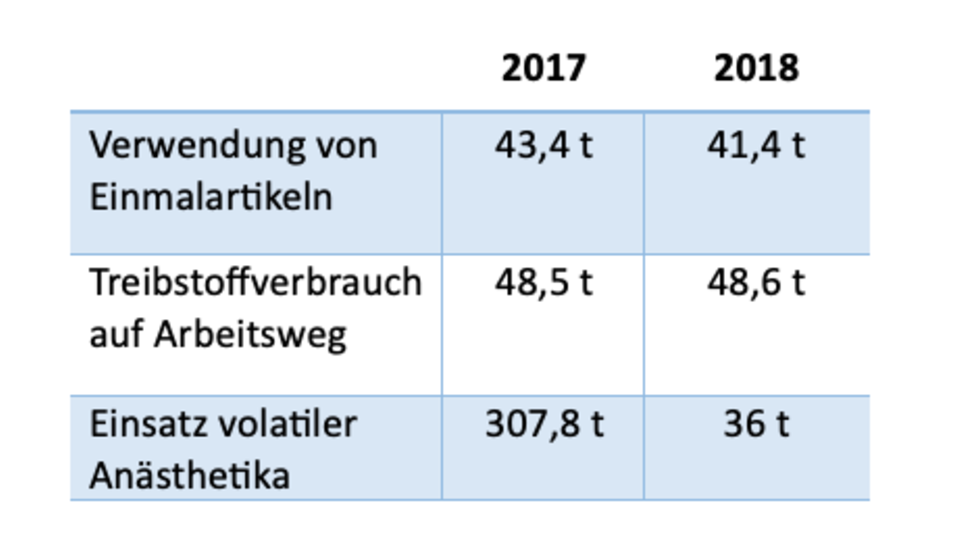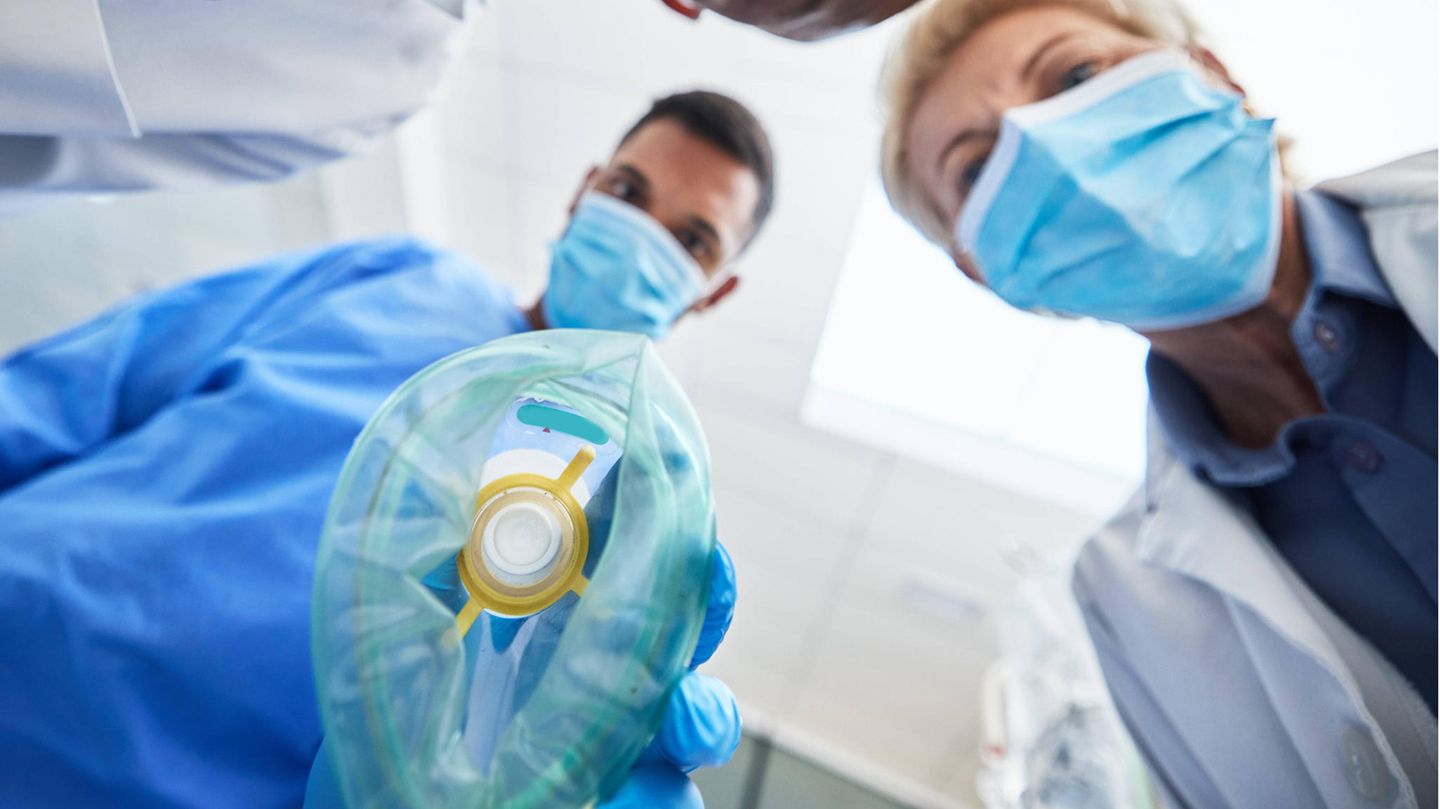The life cycle assessment of hospitals is not necessarily impressive. Anesthesia in particular is considered the climate killer par excellence. How can this be changed?
The healthcare sector is one of the biggest climate polluters. 4.4 percent of global CO2 emissions come from medical facilities, in Germany it is up to . There are many concepts and ideas on how to change this. What is missing is the money. The already scarce funds are therefore primarily “in the most necessary purchases in direct patient care,” complained the chairman of the board of the German Hospital Society, Gerald Gass, in a statement. Hospitals, as major consumers, could “make a noticeable contribution to climate protection”.
The Federal Statistical Office counts 1,887 hospitals in Germany. They could save six million tons of CO2 annually if there were no investment backlog in the renovation and modernization of the buildings. This is how the environmental association BUND calculated it.
Clinics in the Austrian state of Vorarlberg show how the ecological footprint in healthcare can nevertheless shrink. There, the state hospitals exchange their anesthetic gases. The anesthetic desflurane, which is used particularly frequently, is regarded as the ultimate climate killer. According to studies, the gas is more than 2,500 times more powerful than CO2. One facility was able to reduce its emissions by 160 tons last year; a drop of 94 percent, as stated in the clinic’s latest annual report.
A study published in 2020 in the journal “Anesthesiology & Intensive Care Medicine” proves something similar. The clinic for anesthesiology in the district of Karlsruhe restricted the use of desflurane in 2018. The study authors compared the clinic’s emissions with those of the previous year. The emissions caused by employee journeys and the consumption of disposable items and packaging material were also calculated.

The result: In 2017, 77 percent of all hospital emissions were caused by the use of volatile anesthetics such as desflurane. The following year it was only 28 percent. The total emissions of the clinic were thus reduced from almost 400 tons of CO2 per year to 126 tons – a drop of 68 percent, as the researchers calculated. “From an ecological point of view, the use of desflurane should be urgently questioned as long as no efficient removal of the volatile anesthetics from the exhaust air has been established,” the researchers summarize their study results. Desflurane is no longer used in the clinic.
Anesthesia with the biggest climate killer in clinics
Anesthesia departments are among the largest emitters in hospitals. Anesthetics cause up to two-thirds of a hospital’s greenhouse gas emissions. During a seven-hour anesthesia with desflurane or nitrous oxide, approximately two liters of fresh gas air flow through the patient’s ventilator every minute. The gases are not processed in the body, but are exhaled directly and discharged directly into the environment via the ventilation system in the operating area. According to a .
According to estimates by the German Society for Anesthesiology and Intensive Care Medicine, 17 million anesthetics are performed in German hospitals every year, plus thousands more outpatient anesthetics.
. An alternative is Sevoflurane, which is considered 20 times less harmful to the climate. Other anesthetic gases should also no longer be used by 2027, according to the Scottish “National Green Theaters Programme”. In the meantime, two clinics in the Helios chain in Germany have tested how the anesthetics can be recycled. For this purpose, the gas was intercepted with activated carbon filters and processed by a service provider. According to Helios, up to 90 percent of the anesthetic could be reused.
National climate strategy for hospitals
Medical facilities throughout Germany are trying to make their everyday work more climate-friendly. This is shown by a survey of over 200 hospitals by the German Hospital Institute (DKI) for the German Hospital Society (DKG). 71 percent consider climate protection measures to be necessary. 38 percent of the houses surveyed have defined guidelines and targets for energy saving and sustainability.
63 percent of the clinics surveyed see room for improvement in the energy and power supply. Natural gas is the dominant energy source in healthcare. However, half of the clinics now rely on district heating or light heating oil. 57 percent of the facilities surveyed generate their own electricity, including with photovoltaic systems.
A national climate protection guide for hospitals was recently developed in a project funded by the Federal Environment Ministry. The core proposal: Medical institutions should hire so-called climate managers who track down climate killers and develop master plans for a more climate-friendly everyday hospital life. 70 percent of the costs will be covered by the “National Climate Protection Initiative” over a period of two years. According to the DKI study, 30 percent of the clinics surveyed employ a climate manager. In most cases, however, their tasks are still carried out by hospital managers.
Sources: , , , , , Ärzteblatt.de, ,
Source: Stern
I’m Caroline, a journalist and author for 24 Hours Worlds. I specialize in health-related news and stories, bringing real-world impact to readers across the globe. With my experience in journalism and writing in both print and online formats, I strive to provide reliable information that resonates with audiences from all walks of life.




